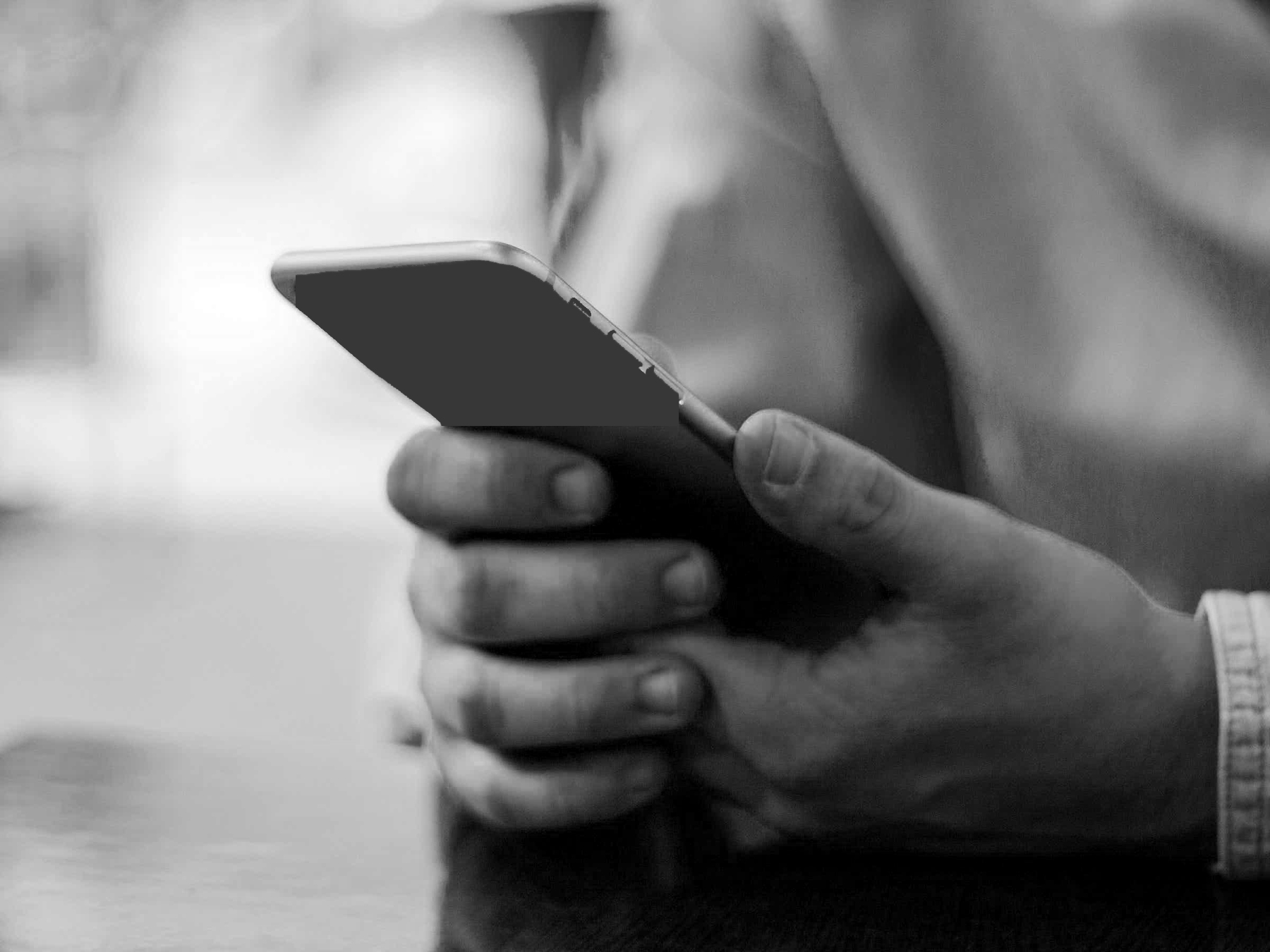Valentine’s Day has come and gone, but I am still thinking about it. That is partly because my inbox yesterday contained a moving essay about the historical origins of the celebration and some associations to the war in Ukraine by Timothy Snyder. The thought of loss of life and loved ones in war feeds into a question the day always poses for me: what is harder, feeling isolated in a world where romantic love, or love of all kinds, is celebrated when you don’t have a longed-for partner, being single or a widowed, for example. Or is it worse to actually have a love in your life but be unable to connect to them, because you are locked away, be it through pandemic lockdown, exile, displacement or prison.
Which brings me to the actual thought-provoking issues that I recently learned about. (I am summarizing an article by KERI BLAKINGER from the Marshall Project who provides sources; a shorter version can also be heard in a podcast here.)

The number of contraband cellphones has exploded in US prisons, particularly since the onset of the Covid epidemic when incarcerated people were basically left to rot and die in our prisons, with no protective measures and little if any medical care. It is almost like they felt they had nothing to lose if they were potentially culled by the disease and wanted to stay connected to their families and friends during times were supervised prison visits were no longer available due to the pandemic.
Possessing electronic devices other than those regulated by prison administration is a crime; they are assumed to be used for illicit activities like trafficking drugs, making threats and running scams. Being caught with them makes, at a minimum, for losing privileges, more likely being put in solitary confinement, and in some cases producing new criminal charges. Never mind that in almost 100% of the cases contraband cellphones have been brought in and sold for a steep prices (up to $6000) entirely by staff, and not by visitors who have to undergo electronic searches before meeting their loved ones. Occasionally there are drop off’s by drones into remote corners of the prison areas, but those, too, happen under the “blind”eyes of the supervising and bribed wardens.
By all reports the biggest usage is reserved for connecting to those you left behind in the outside world, literally zooming with mothers on deathbeds, or seeing your children grow up.
Other uses are equally upsetting when you think about the implications. Cellphones are used to make videos depicting the inhumane conditions of our prison system from the quantity and quality – or lack thereof – of rotten food,

to the medical conditions of those who are refused medical care, to the sickening conditions of the cells, full of mold and walls left covered with vomit and feces. ( I have previously written about the hunger in prison catastrophe here.) Grievance procedures have been helped with these videos, as has a DOD law suit against the state of Alabama over prison conditions. (The prison administration has acknowledged the ever deteriorating conditions but claimed they do no violate the constitution.)

Cell phones allow incarcerated persons to earn money, by selling artwork on line, or publishing articles, or doing gig work. They are also an enormous help in gaining an education. Some incarcerated people in Georgia, for example, run a computer science course on a group messaging app. Some 300 participants, across states, are using Harvard’s CS50 materials which are all on-line, for a class that is self guided and self graded, and of course, illegal in a prison system that values punitive over rehabilitative actions.
People also learn medical procedures from the internet when the prison infirmary fails them and even order contraband antibiotics with these illegal devices to save the lives of their mates.

Here is a stunning fact, though. Contraband cellphones are most predominant in the worst of prisons, which might correlate with the presence of gangs there, who provide a structural network for the acquisition of these devices. It might also have to do with the fact that those human beings put in cages in these hellholes have no longer much to lose. However, it seems an entirely male thing. Women prisons have not seen any of the recent proliferation of illicit devices.
Why, you ask? Or I asked, wondering. Incarcerated women, 80% of whom are mothers, do not want to risk losing access to their kids, with visitation rights immediately endangered if they are found out. A sliver of connection not willing to be sacrificed for daily contact that might bring about a punishment of permanent loss. Let that sink in, the day after Valentine’s Day.

Photos today from a pre-pandemic visit to one of Oregon’s prisons.
Music today is an album by incarcerated persons, “Tlaxihuiqui” (pronounced tla-she-wiki), which means “the calling of the spirits” in the Uto-Aztecan language of Nahuatl — it was recorded over four days and released by Die Jim Crow Records. I am linking to it here – you need to scroll down and click on the individual tracks. They are as distinct from each other as they come.
